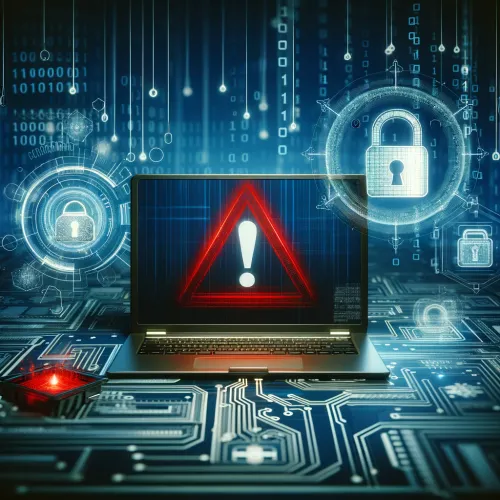
Knowledge base
May 19, 2024
Data breaches: What you need to know and how to prevent them
In the digital age, data is one of an organization’s most valuable assets. Unfortunately, data breaches are a growing problem, often with serious consequences for both companies and individuals. Here’s what you need to know about data breaches and how to prevent them. 📊🔒
What is a data breach?
A data breach occurs when sensitive, protected or confidential data is accessed, stolen or disclosed in an unauthorized manner. This can happen through hacking, malware attacks, device loss or human error. Some examples of data breaches include:
- Hacked systems: Malicious actors break into corporate networks to steal sensitive information.
- Lost or stolen devices: Laptops, USB sticks or cell phones that are unsecured and contain sensitive data.
- Employee mistakes: Inadvertently sending confidential information to the wrong recipient.
Consequences of a data breach
The impact of a data breach can be enormous, ranging from financial losses to reputational damage. Here are some possible implications:
- Financial losses: Companies may face fines under the General Data Protection Regulation (AVG) and face claims from injured parties.
- Reputational damage: Confidence of customers and partners can be seriously damaged.
- Operational disruptions: Business processes may be interrupted, leading to loss of productivity.
How can you prevent data breaches?
Preventing data breaches requires a combination of technical measures and awareness within the organization. Here are some important pieces of advice:
- Use strong passwords and two-factor authentication: Ensure that only authorized individuals have access to sensitive data.
- Encryption of data: Encryption makes stolen data unusable by unauthorized persons.
- Regular updates and patches: Keep software and systems up-to-date to plug security vulnerabilities.
- Employee awareness training: Make sure employees are aware of the risks and how to handle data safely.
- Incident Response Plan: Prepare for potential data breaches with a plan to respond quickly and effectively.
What to do in the event of a data breach?
If you do encounter a data breach, it is important to act quickly and appropriately:
- Identify and isolate the leak: Try to identify the data breach as soon as possible and limit further damage.
- Inform stakeholders: Let those involved know what happened and what actions they can take.
- Report the incident: Report the data breach to the Personal Data Authority within 72 hours of discovery.
- Evaluate and improve: Analyze the incident and improve your security measures to prevent future leaks.
Conclusion
Data breaches are a serious threat in our digital society. By taking proactive measures and being aware of the risks, you can significantly reduce the chances of a data breach. Stay alert, stay safe! 💻🔐
Want to know more?
